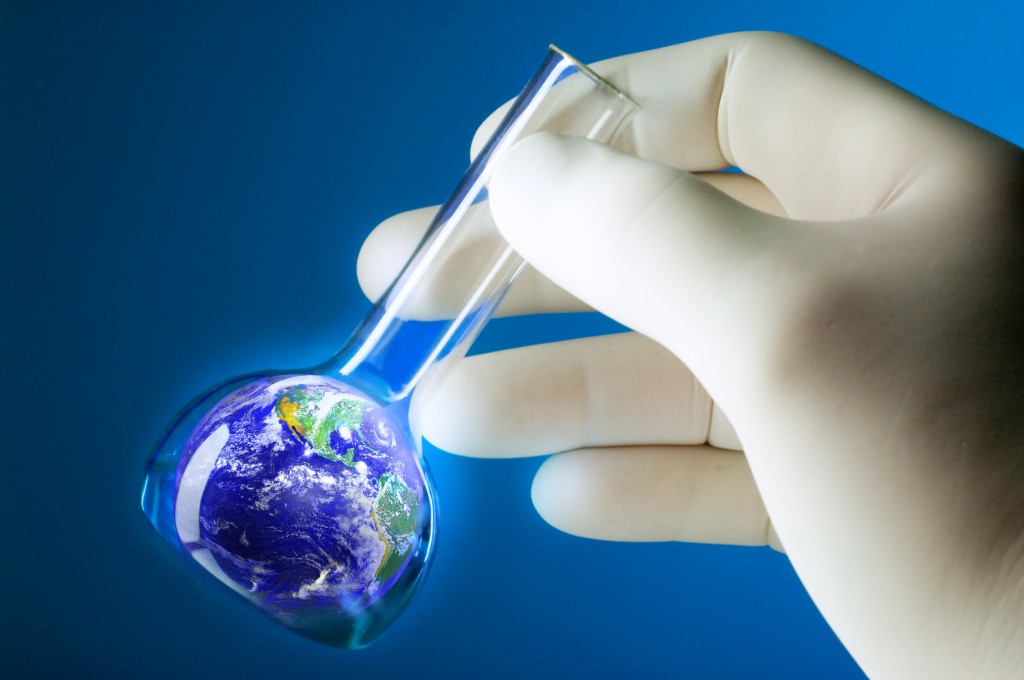
Environmental Health Program Director
Nanomaterials are those tiny materials (1 nanometer is about 1/100,000 of the width of a human hair) that behave radically differently than would expected, relative to their bulk counterparts. Examples include carbon nanotubes and nano silver. Promoters of nanotechnology promise life-changing and civilization-saving applications, while scientific institutions and citizen organizations across the world argue for precaution. These materials show drastically new toxicological profiles, and some of
these materials have already been demonstrated by in vitro and In vivo experiments, to be toxic for human health or the environment. In the meantime, about 2,000 products containing nanomaterials are already on the supermarket shelves. Most of these, such as odorless underwear and anti-aging creams are unlikely to save civilization. Nanotechnologies raise a number of larger ethical questions, regardless of the application.
The Strategic Approach for International Chemicals Management (SAICM), a global agreement, has nominated nanotechnologies and manufactured nanomaterials (“nano” for short) as one of four emerging issues. It is the only truly global arena where this issue is being discussed.
CIEL is heavily involved in SAICM, along with our partners in the International POPs Elimination Network (IPEN). Since 2009 I’ve participated in two rounds of regional meetings in Africa, South America and the Caribbean (GRULAC), Central and Eastern Europe (CEE), and Asia-Pacific. Each meeting was preceded by awareness raising and capacity building workshops on nano organized by the UN Institute for Training and Research (UNITAR). In these workshops and regional meetings, I presented the civil society’s perspective and discussed our position with health and environment representatives of governments.
Switzerland and a coalition of NGOs grouped under the IPEN “nano working group” are using the SAICM process to develop international approaches to ensure safety. Unfortunately, progress has been very slow, too slow to address the current challenges as nano-containing products race ahead of sensible regulation. Upcoming meetings of SAICM, first in Belgrade the Nov. 15-18, 2011 and next summer in Nairobi, will determine whether these efforts will succeed in filling the regulatory void.
Switzerland proposed to add a number of actions to the SAICM Global Plan of Action (GPA). This proposal (p7-15) will be discussed next week in Belgrade. Proposed activities include: labeling for nano-products; extended responsibility by nano producers; guidelines for managing waste containing nanomaterials; and development of regulatory frameworks based on precaution to protect the environment and health of workers and consumers.
CIEL supports the adoption of the Swiss proposal and will advocate for continued awareness raising and capacity building activities for developing countries so that the world is equipped to prevent and manage the risks created by these novel materials. The discussion in Belgrade will be a test of how ready we are, as a global community, to integrate new technologies in a safe and precautionary manner, before further generation of nanomaterials hit the market.
Originally posted on November 8, 2011.

